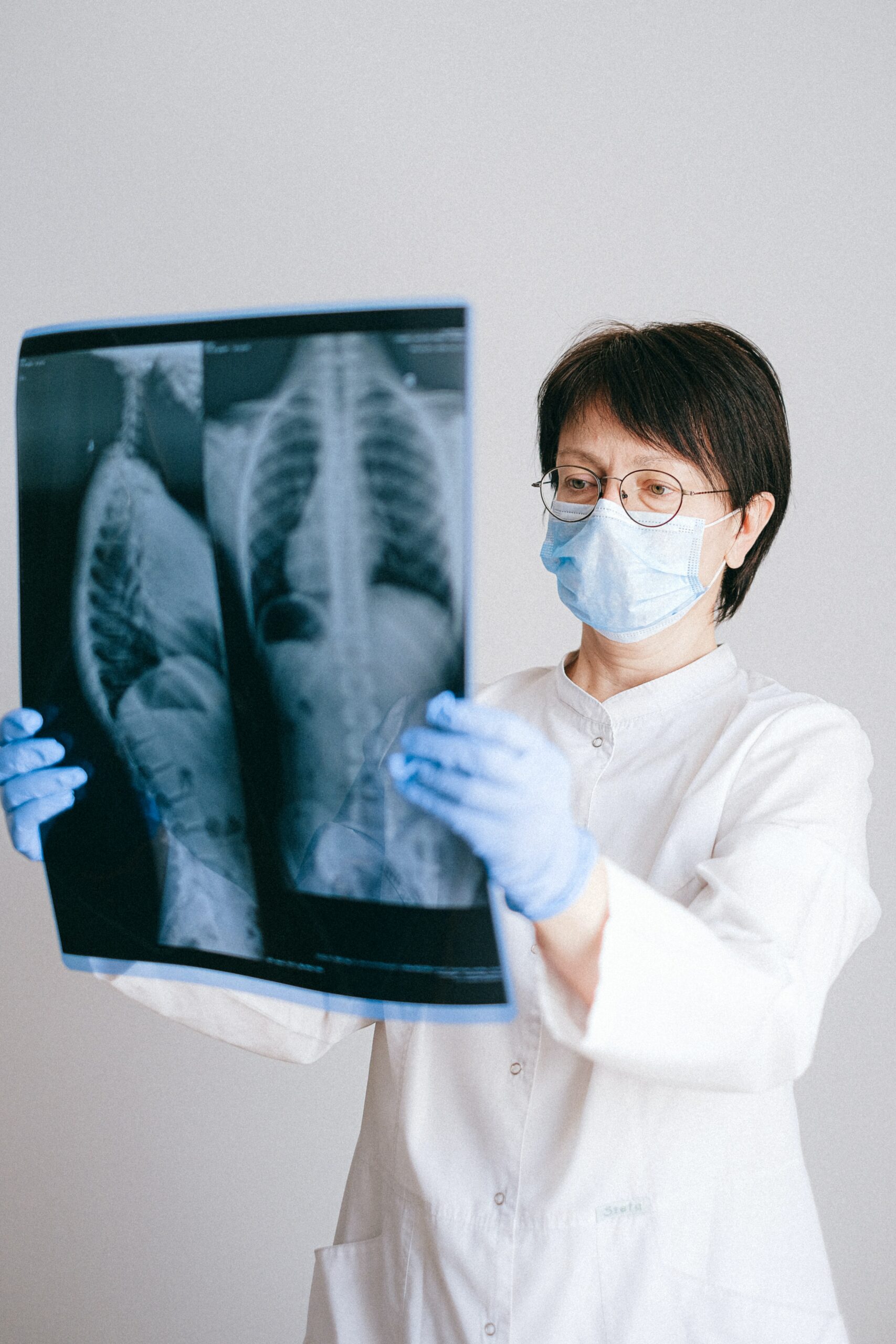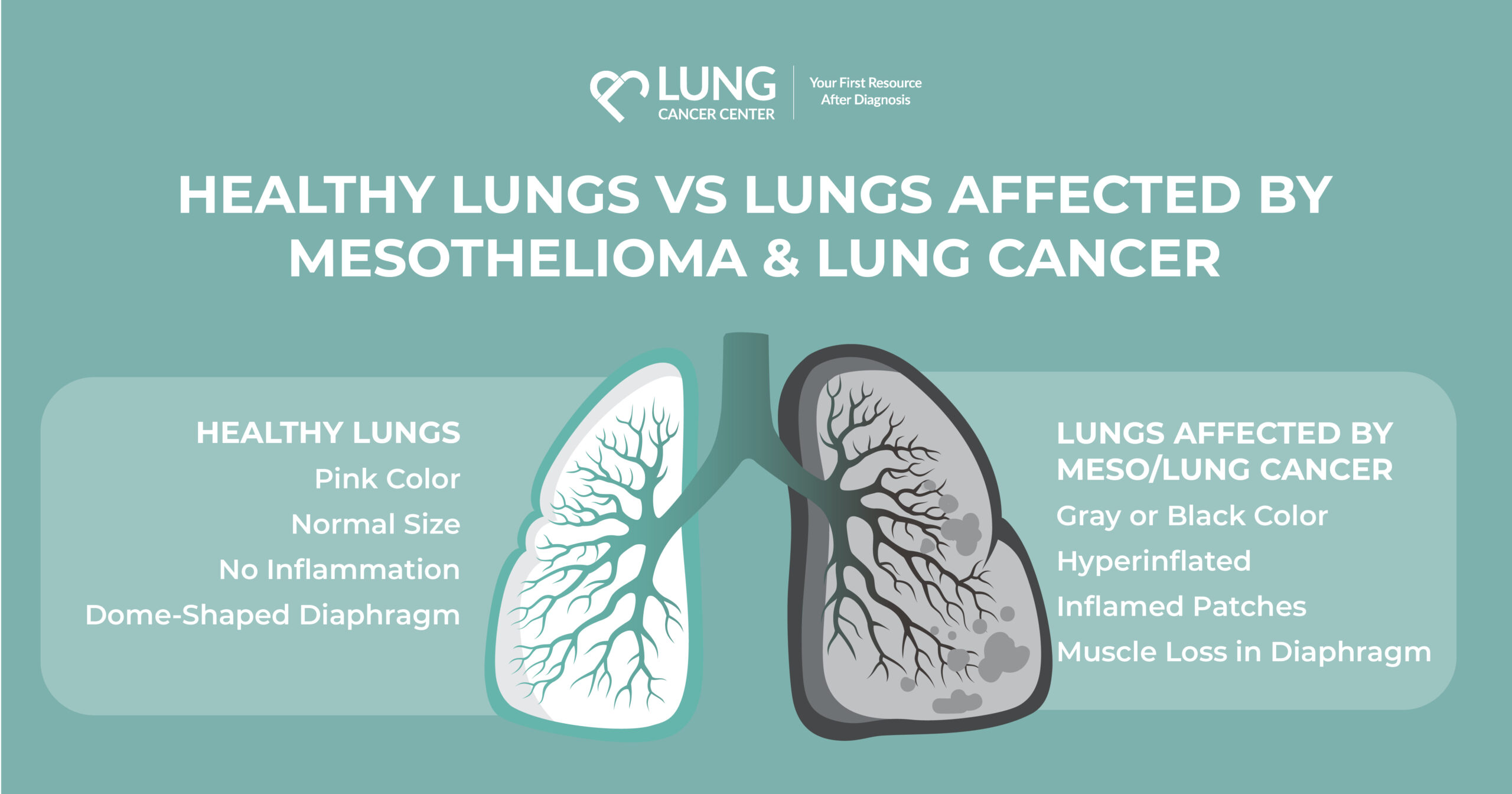

How to Improve Lung Health – Tips for Healthy Lungs
If you or someone you know has been affected by lung cancer, mesothelioma, and other lung diseases, you know the difficulties that can affect a person’s ability to maintain healthy lungs. Cancers that affect the lungs are particularly difficult to manage since the lung’s main function is allowing a person to breathe. When they are obstructed, this can cause severe pain and struggles with breathing, leading to infections and breathing difficulties.
Prioritizing healthy lungs from the beginning is key to helping your body function to the best of its abilities. You should protect yourself from carcinogens and air pollutants before and after a lung disease diagnosis. The number one way to avoid lung disease is by not smoking any tobacco products, including e-cigarettes and vapes. Unfortunately, avoiding secondhand smoke can be trickier since smoke can be carried in the air for a distance and inhaled inadvertently.
People who don’t smoke but are consistently exposed to secondhand smoke have an up to 30 percent higher chance of getting lung diseases compared to those who aren’t exposed to secondhand smoke. Learning how to navigate secondhand smoke can help you understand its bad effects and how to avoid it. Furthermore, keeping your lungs healthy can feel like a full-time job. Luckily, Lung Cancer Center has compiled 5 tips to help promote healthy lungs in cancer patients and families.
1) Increase Lung Capacity Through Exercise
Increasing your lung capacity can help with maintaining healthy lungs. In most daily activities, your lungs are used at 50 percent capacity. You can achieve healthy lungs by adding more activities to your daily routine. There are multiple breathing techniques that you can use to help expand your lung capacity too.
Diaphragmatic breathing is an exercise where you can use your diaphragm muscle to achieve a deeper inhale. Pulmonary rehabilitation therapists use this technique with people with asthma, emphysema, and chronic bronchitis to help them get more oxygen into their lungs. Aside from focusing on how deep your breaths are, watching your posture, drinking adequate water, and adding more strenuous activities, such as running or weightlifting, are other options to increase lung capacity.
2) Avoid Smoke to Promote Healthy Lungs
Damage to the lungs from smoking is worse than what you may have previously known. When looking at healthy lungs, you should see a spongy and flexible organ that contracts and expands with every breath. Your lungs bring oxygen into the body that goes to all the cells. Without oxygen, your body cannot survive, and if your lungs can’t work to full capacity, you could end up with a lung disease that significantly affects your ability to breathe.
Habitual smoking often leads to a smoker’s lung, which could be irreversible. A smoker’s lung can look gray or black, red and inflamed, and larger than a normal lung. One drag of a cigarette lodges thousands of chemicals into your body, so you can imagine the effects a pack of cigarettes has on the body. Oftentimes, the typical smoker has a hoarse cough which many call a smokers cough. This is caused by the cigarette’s inflammation in the throat and lungs and dynamically changes a pair of healthy lungs.
People who smoke for years at a time end up having black lungs from the tar built up in their bodies. Over time, parts of your lungs begin to lose function, which can lead to emphysema, bronchitis, lung cancer, and other diseases. The increased carbon monoxide in your body can affect other organs and create more health issues if not addressed. Treatment of lung cancer, and similar cancers, should happen as soon as possible.
3) How to Reduce Lung Inflammation Immediately
You should immediately stop smoking to help reduce inflammation and promote healthy lungs. A mere 24 hours after quitting smoking, your body will begin to regulate the carbon monoxide levels and repair the damage. Over the course of a few years, the human body is capable of recovering almost completely after putting the cigarettes down. Your chances of getting diagnosed with cancer go down 50 percent after five years of not smoking. They will also begin to clean themselves again so they can better fight against lung infections.
There are other remedies to help in reducing inflammation after you’ve quit smoking. Removing mucus can help a person with lung inflammation and a smoker’s lung breath easier and without obstruction. Steam therapy is the process of inhaling water vapor into the mouth and nose to help break up the mucus. Some evidence supports that it can also help with sore throats and expelling other pollutants in the nasal and mouth cavities. Other techniques help with the similar problem of expelling mucus, such as draining mucus from the lungs by lying in multiple positions, various forms of exercise, and introducing anti-inflammatory foods and beverages.
4) Eat Healthy Foods for Lung Health
It should come as no surprise that the foods you eat can affect how your body feels. There are certain foods a person can eat to help with lung and overall body inflammation. If you are trying to use food to reduce inflammation, you can try using a combination of any of the foods above with your regular diet to see if you feel a difference after 2 to 3 weeks. Some people can get inflamed after consuming gluten, dairy, and certain carbohydrates. Here is a list of just a few food items which can help reduce inflammation:
- Turmeric
- Leafy greens
- Cherries
- Olives
- Walnuts
- Beans
- Lentils
- Oily fish
The effects of smoking effects long-term can be similar to symptoms of lung cancer. It’s important to recognize that eating one of the food items once a day will not reduce your inflammation. Rather a consistent effort to try and include these items into your daily routine will increase your likelihood of it helping tame your inflammation.
5) Explore Breathing Exercises to Strengthen Lungs
Like other muscles, you need to train your lungs to ensure they stay healthy and continue to function at their best capabilities. Try using these breathing exercises to help with your strengthen your lung capacity. We mentioned earlier how diaphragmatic breathing could help expand your lung capacity, but here are a few more options to consider adding to your regimen.
Count how long it takes to breathe in and then how long it takes to breathe out. The two should take the same amount of time, or close to it. Aligning how much you are breathing in and out can assist with avoiding strain and any discomfort. By simply making an effort to add some deep breathing into your day, you may be helping train your lungs. Slowly inhale a large breath, filling your chest and lungs. Then slowly release the breath through your mouth. You can use breathing exercises to inflate your lungs fully and bring oxygen throughout your body.
The Importance of Healthy Lungs and Pulmonary Health
It becomes a slippery slope when you start smoking, and the downfall of your health happens quickly. The responsibility of taking care of yourself and your body is a full-time job that only you can take control of. Although you can develop lung cancer in other ways besides smoking cigarettes, by not smoking, you are significantly reducing your likelihood of getting mesothelioma and lung cancers. Unhealthy lungs can create unnecessary stress on the body, making you susceptible to infections.
Take into account the tips we provided above to stop smoking, reduce your lung inflammation, do breathing exercises to expand lung capacity, and foods that help with lowering inflammation. By using one or a combination of techniques, you should begin to feel their positive effects on your body. Remember it is never too late to prioritize lung health. Start by learning the benefits of being smoke-free, and devise a plan to start a life with healthy lungs.